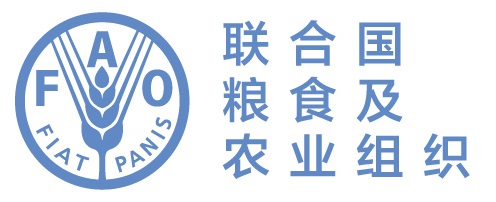Detection of Fall Army Worm Spodoptera frugiperda in Swaziland
- Publication Date
- Tue, 28 Feb 2017, 07:02
- 最后更新与
- Feb. 28, 2017, 7:02 a.m.
- Report Number
- SWZ-02/1
- 国家
- Eswatini
- Report Status
- Final
- Hosts
- Maize - Zea mays Sorghum - Sorghum bicolor
- Pest Status (old values from ISPM 8 -1998 )
-
- Present: only in some areas
- Pest Status (ISPM 8 - 2021)
-
- Present: not widely distributed and under official control
- Geographical Distribution
- Fall Armyworm Spodoptera frugiperda, has been detected in the eastern parts of the Lowveld of Swaziland around Lomahasha (25.9903˚S, 31.9920˚E) and in areas such as Big Bend and Nsoko (27.0216˚S, 31.8961˚E) in the South. Further detections have been made in the western parts of Swaziland. Other cases have been recorded in central and western Swaziland. The detections have so far been made in maize and sorghum fields
- 摘要
Spodoptera frugiperda was first detected in Big Bend and Siphofaneni in eastern Swaziland. Subsequent detection have been recorded in Lomahasha, Nkambeni and Mkhuzweni in the north eastern part of the Swaziland. Isolated and once-off cases have been recorded in central and western Swaziland in young maize fields. In all cases the pest was positively identified by the NPPO, referred to the entomologist at the University of Swaziland and further diagnostics are ongoing. The NPPO has prepared a strategy to deal with the outbreak dividing the country into five regions according to the risk of spread of the pest. The eastern region being the high risk area where there have been consistent detections; the central region being the central parts of Swaziland where once off detections have been recorded. The NPPO has intensified the delimiting survey in areas where the pest has been detected, i.e. eastern and central parts of the country.
- Danger
- Damage on maize, sorghum and legume crops. There is risk of spread to vulnerable areas in the Middleveld and Highveld.
- Contact for info
- George Similo Mavimbela [email protected]
- Report files
- 网站
- Issue keywords
- Commodity keywords

